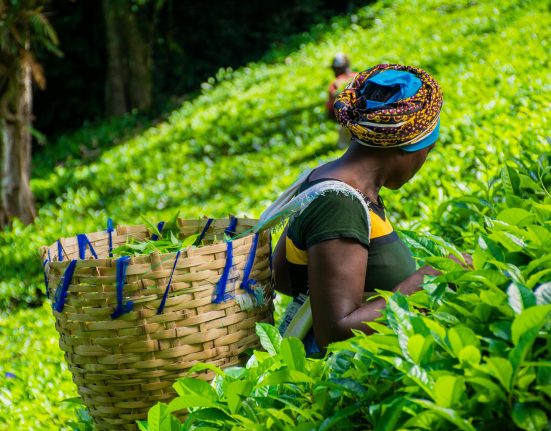Forget the current chill in Nairobi. Long before global climate change caught up with us, July in the village used to be colder than a witch’s tit. Huts would huddle together like gossiping grandmas for warmth. Local brews needed a shot of vodka just to keep from freezing solid. This frosty season coincided with the full bloom of maize in the fields, back before we traded most of our land for ‘mburoti maguta maguta.’
It’s around this time that my pious Aunt Jerusha charged into our compound, shrieking like she’d seen a ghost.
“I have seen it with my own two eyes!” she wailed, her voice hitting octaves only opera singers could achieve. “Lord save us from these animals,” she replied to herself, like a one-woman drama troupe.
“We are finished!” chimed in my uncle, who was always sharpening a panga for no apparent reason other than to look menacing.
“Let’s pray for the Lamb of God to cover our children from T9,” Aunt Jerusha added, raising her hands to the heavens. She then launched into a prayer so long and fervent it ended with the ‘Tukutendereza’ song we Anglicans shamelessly borrowed from Uganda.
From that moment on, the T9 phantom loomed over the village like an evil cloud. Gicheru, the unrepentant drunk who usually staggered home in the wee hours singing bawdy love songs to his quarrelsome wife, took a break from his drinking habit. Local flea-infested mongrels—both stray and domesticated—were locked up at dusk like chickens because the T9 devoured them too.
But if anyone was hardest hit by the T9 scare, it was us boys. All day, we were locked up indoors like sissies by our overprotective mothers. No swimming in River Mathioya, no guava stealing by River Boyo. It was the season of fear when our young hearts were filled with dread and foreboding, like the Second Coming was nigh.
According to village lore, the T9 were deadly, tail-less, miniature dogs from Tanganyika, hell-bent on devouring everything and infecting us with a mysterious malady that had no cure. Aunt Jerusha swore on her best Sunday hat that she had seen them with her own two eyes. Uncle did so too, the duo couldn’t agree on what those creatures looked like.
As the seasons spun, August rolled around. The weather warmed up, and the maize was cleared from the fields. The village gradually returned to its old folksy cheer. Love-struck teens strolled the village lanes under the moonlight, drunks sang ancient war songs about forgotten battles between the Kikuyu and the Maasai, and mongrels ran up coffee bushes with green lipstick after feasting on too many avocados. The T9s were gradually forgotten, until the next July.
So, what was this T9 that had grown men hiding behind their wives’ petticoats in mortal fear? A figment of communal imagination? A concoction by the Moi regime to keep Kenyans in line?
But most importantly, who saw those T9 dogs with their own two eyes?





